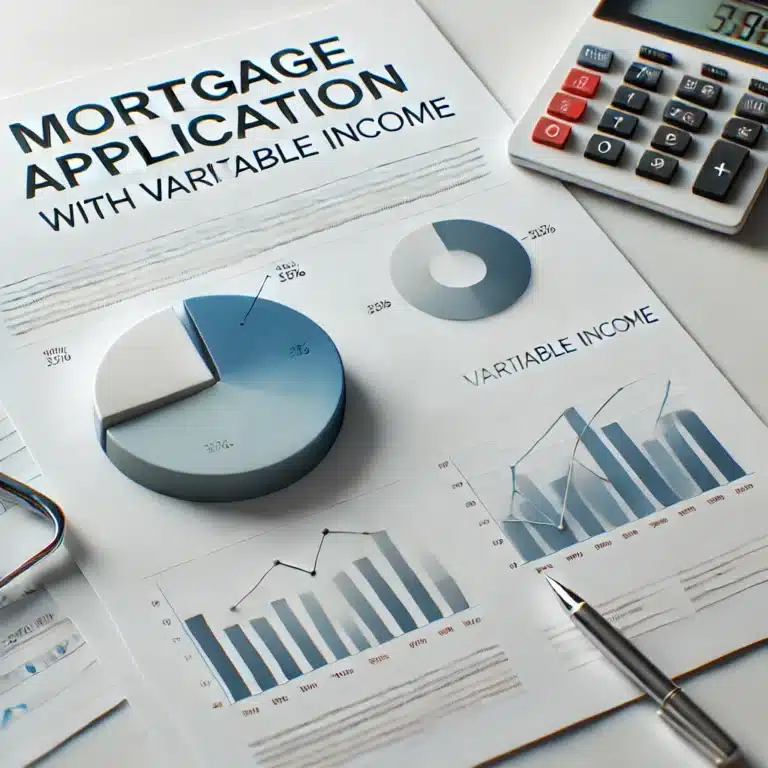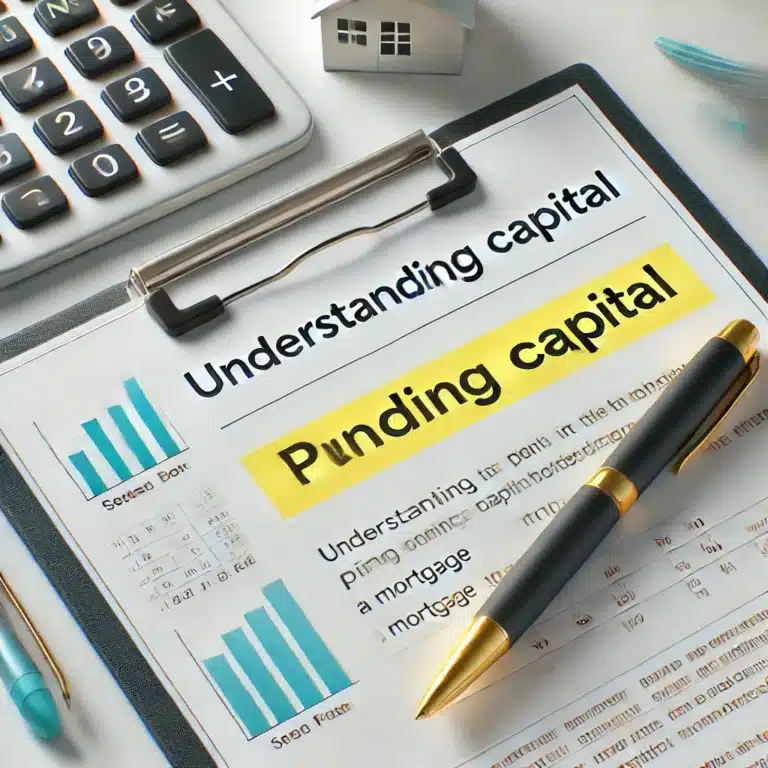
When buying a home, one of the most important decisions is whether to put more money down to reduce the amount of the mortgage loan or to prioritize a lower monthly payment. Both strategies have advantages and disadvantages that depend on your financial situation and long-term goals.
1. What does it mean to pay more entrance fee?
The down payment is the percentage of the home’s value that you pay initially. Generally, banks will finance up to 80% of the purchase price, which means you need a minimum of 20% as a down payment. However, providing more down payment can have significant benefits.
Advantages of paying more entrance fee
- Lower loan amount: You will reduce the principal requested, which lowers the total interest over time.
- Lower monthly installment: By asking for less money, installments will be more affordable.
- Better mortgage conditions: Some banks offer lower interest rates to those who apply for a loan of less than 70% of the value of the home.
- Lower debt ratio: With a smaller mortgage, you will have more financial leeway for other expenses.
Disadvantages of paying more entrance fee
- Limited liquidity: By allocating more savings to the down payment, you could be left without a financial cushion for emergencies or investments.
- Missed opportunity: The money used for the entry could have been invested in other assets with higher returns.
2. What does it mean to have a lower quota?
Opting for a lower installment usually means extending the term of the loan or applying for higher financing at a competitive interest rate.
Advantages of prioritizing a lower quota
- Increased monthly liquidity: You will have more money available for other expenses or investments.
- Financial flexibility: A low quota reduces the impact of unforeseen economic events.
- Affordability: It is easier to meet banking requirements if your income is not high.
Disadvantages of prioritizing a lower quota
- Higher total cost of the loan: A longer term means paying more interest over the life of the mortgage.
- Increased exposure to rate hikes: In variable mortgages, a prolonged period increases the risk that interest rates will rise.
3. Practical comparison
Example: Purchase of a 200,000 € house
- Option 1: Pay more entrance fee
- Down payment: €50,000 (25%).
- Mortgage: 150,000 €.
- Term: 25 years.
- Interest rate: 3%.
- Monthly fee: 711 €.
- Total interest: €63,300.
- Option 2: Prioritize a lower quota
- Down payment: €40,000 (20%).
- Mortgage: 160,000 €.
- Term: 30 years.
- Interest rate: 3%.
- Monthly fee: 675 €.
- Total interest: €83,000.
Conclusion: Although the installment is slightly lower in the second option, the total interest is significantly higher due to the longer term and the higher amount financed.
4. Factors to consider before deciding
a) Saving capacity
- If you have significant savings and an emergency fund, paying more down payment may be a good option.
- If your liquidity is limited, prioritize a low quota to maintain financial margin.
b) Job stability
- A higher down payment reduces the size of the mortgage, which is advantageous if you are looking to minimize risk in case of loss of income.
- A low installment is ideal if your income is variable or uncertain.
c) Financial objectives
- If you plan to invest in other assets, such as funds or businesses, maintaining liquidity may be more profitable.
- If you prefer financial stability, paying more down will help you reduce long-term debt.
d) Interest rate
- In a high interest rate environment, paying more down payment reduces the impact of higher interest rates.
- In a low rate environment, you can prioritize the low installment and use the excess capital for higher yielding investments.
5. Strategies to optimize your decision
a) Balances input and quota
Find a middle ground: pay enough down to get good mortgage terms, but maintain liquidity for emergencies and investment opportunities.
b) Considers early redemptions
If you choose a low installment, you can take advantage of early repayments when you have financial surpluses, reducing the term or the amount of the loan.
c) Simulates different scenarios
Use mortgage calculators to compare how fees and interest rates vary depending on the down payment and term.
6. Conclusion
Whether to pay more down or prioritize a lower monthly payment depends on your financial goals and personal situation. If you have sufficient savings and are looking to minimize the total cost of the loan, paying more down is ideal. If you prefer to maintain liquidity and financial flexibility, a low down payment may be more appropriate.



